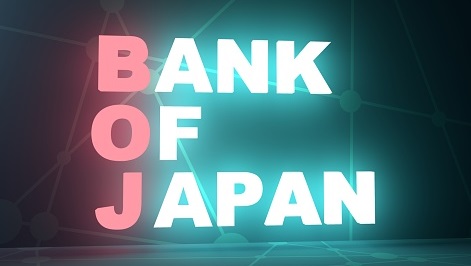A major pivot from the Bank of Japan has sent the Yen surging and bonds reeling, in turn also weighing heavily on risk sentiment and equities. S&P 500 futures are down and the Nikkie225 has taken a big hit.
The Bank of Japan (BoJ) maintained its key short-term interest rate at -0.1% and that for 10-year bond yields around 0% during its December meeting by a unanimous vote, as expected.
At the same time, the central bank tweaked its yield curve control tolerance range, amid efforts to ease some of the cost of prolonged monetary stimulus. The board said it will expand the range of 10-year govt bond yield fluctuations from its current +/-0.25 ppts to +/- 0.5 ppts.
In reaction the USDJPY pair has fallen towards the 132.00 level, after starting the day above the 136.00 level, while the Nikkei225 dipped towards the 2,600-benchmark level.
Meanwhile, the BoJ viewed the economy is likely to recover, with the impact of COVID and supply-side issues waning while downward pressure persisted from high commodity prices and slowdowns in foreign economies.
The YoY rate of CPI (all items less fresh food) is likely to rise in 2022, due to rises in cost of food, energy, and durable goods, before easing in the middle of FY 2023.
The board reiterated it will take extra easing measures if needed and expect short-and long-term rates to stay at their present or lower levels. This forward guidance also rocked Japanese markets.
The central Bank of Japan’s Balance Sheet in Japan increased to 699893.10 JPY Billion in November from 695953.20 JPY Billion in the month October of 2022.
Impressively, the foreign exchange reserves in Japan increased 2.6% to $1.226 trillion in November 2022 from $1.195 trillion in October, rising for the first time in four months, as the recent recovery in the yen eased pressure on the Japanese government to keep on selling dollars to prop up its currency.
Despite rising inflation domestically and global the Bank of Japan remains one of the few central banks to stick to its accommodative policies in terms of interest rates.
Today’s major policy pivot may indicate that the central bank is finally starting to catch up with the rest of the world.




